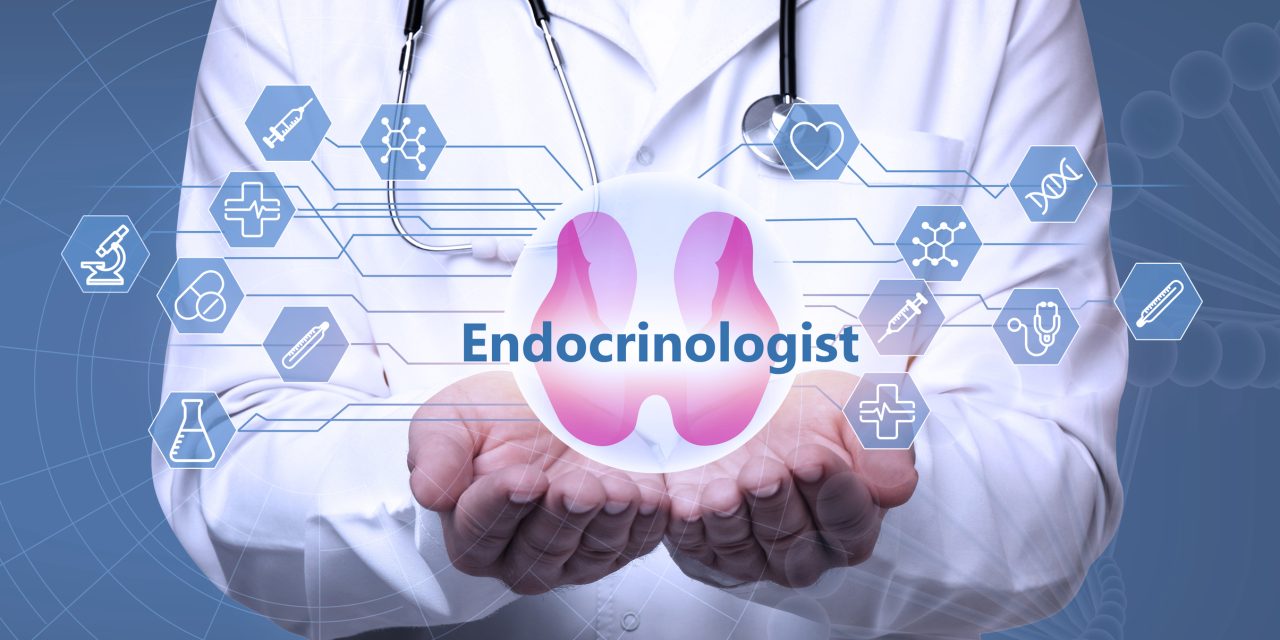Uterine fibroid and benign thyroid disease are both common diseases in women. This study aimed to evaluate whether these diseases are related. We established the uterine fibroid group according to diagnosis and surgery codes using the Korea National Health Insurance data from 2009 to 2020. All women from 20 to 50 years old who underwent uterine myomectomy from 2009 to 2020 were identified. We selected the control group by performing a 1:1 propensity score matching on age at 5-year intervals, socioeconomic status (SES), region, Charlson comorbidity index (CCI), menopause, and year among women who visited a medical institution for a health check-up. Thyroid disease cases were selected using the thyroid disease diagnosis code and thyroid-associated laboratory tests. A total of 181,419 patients were included in the uterine fibroid and control groups. The median age of each group was 40 (range, 35 ~ 44) and 40 (range, 35 ~ 45) years old, respectively. Benign thyroid disease affected 1162 (0.6%) in the uterine fibroid group and 1137 (0.6%) in the control group. Among the benign thyroid diseases, hypothyroidism was the most common in both groups, followed by a nontoxic single thyroid nodule. The uterine fibroid group had a higher risk of thyroid goiter (hazard ratio (HR) 1.169, 95% confidence interval (CI) 1.022-1.338), nontoxic single thyroid nodule (HR 1.268, 95% CI 1.182-1.361), and total thyroid disease (HR 1.078, 95% CI 1.036-1.121) in stratified Cox regression analysis adjusted for age, SES, region, CCI, parity, menopause, hypertension, diabetes, dyslipidemia, systemic lupus erythematosus, irritable bowel syndrome, Crohn’s disease, and endometriosis than the control group. The results suggest that women with uterine fibroids have an increased risk of thyroid goiters and thyroid nodules. Although the mechanism is not well known, estrogen and iodide might be a link between uterine fibroids and thyroid goiters and nodules. Future studies that prospectively follow women with uterine fibroids across a lifetime are needed.© 2022. The Author(s).
Uterine fibroids increase the risk of thyroid goiter and thyroid nodules.


